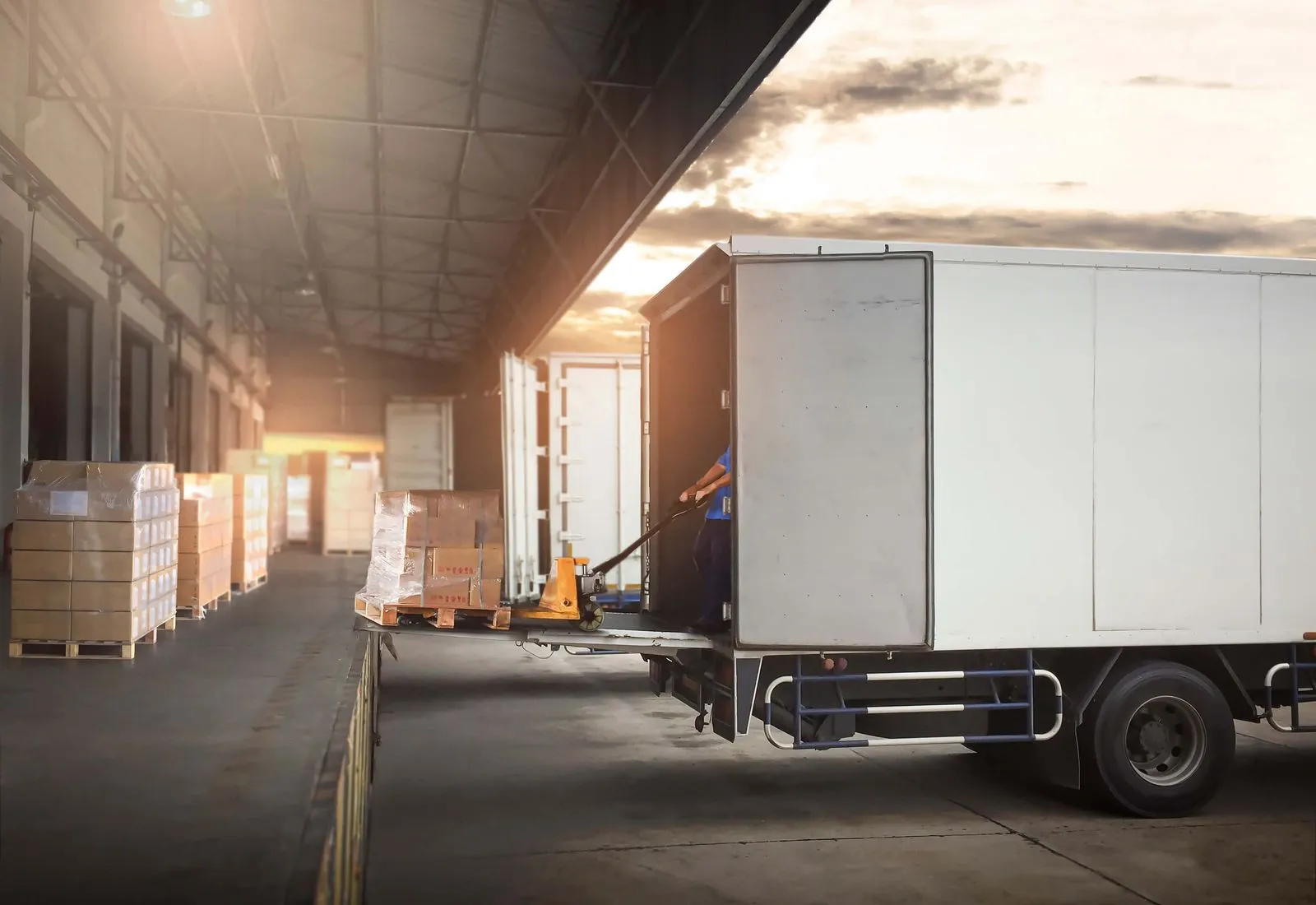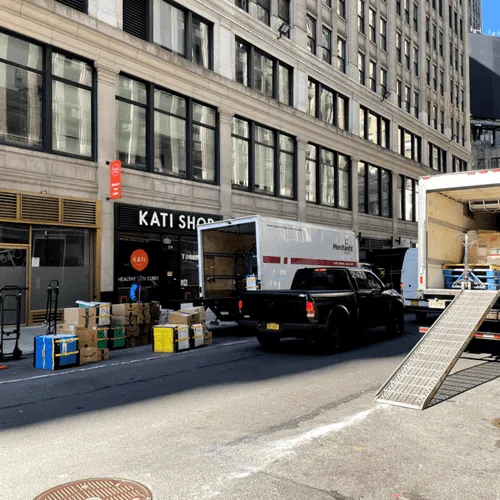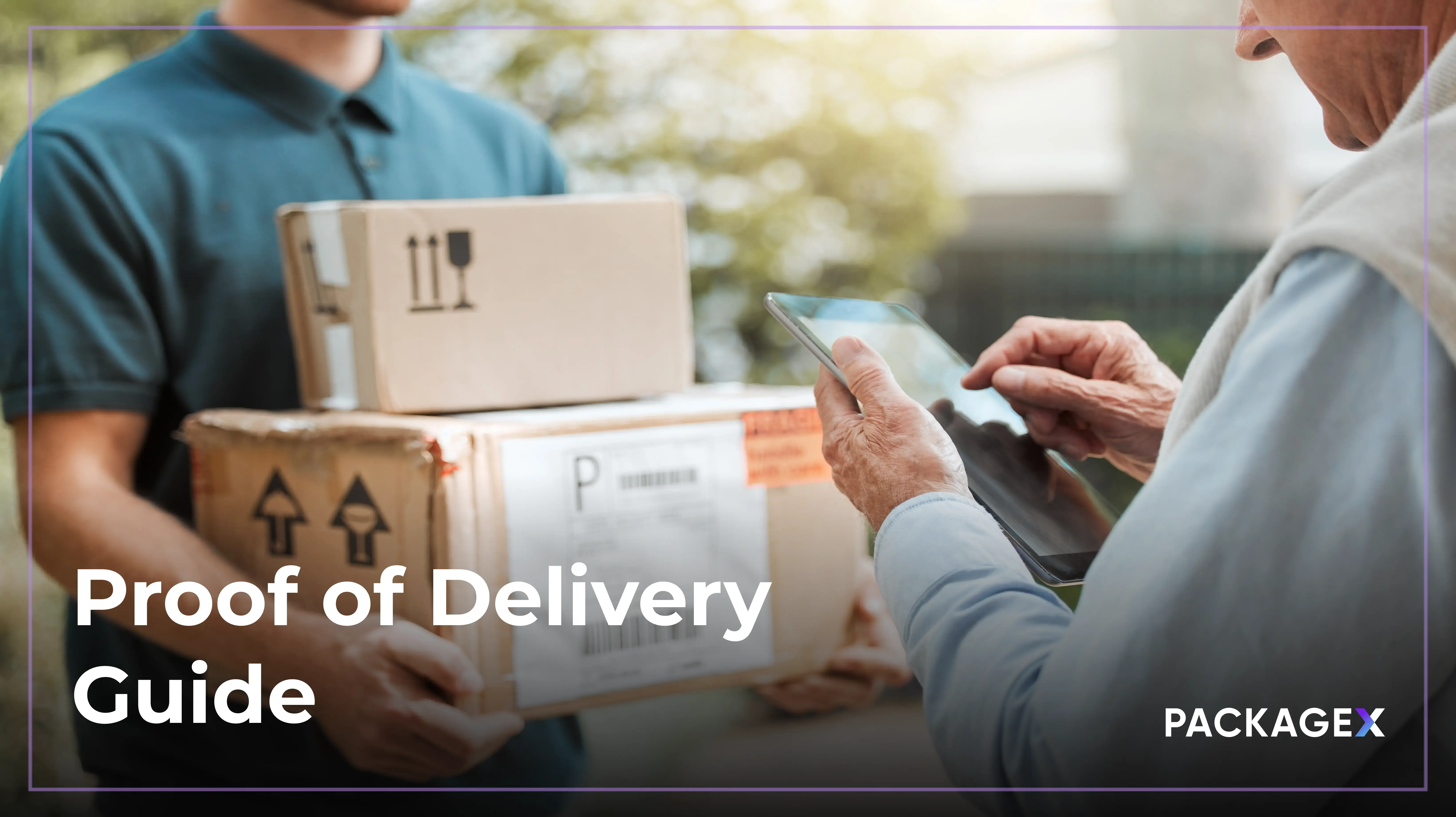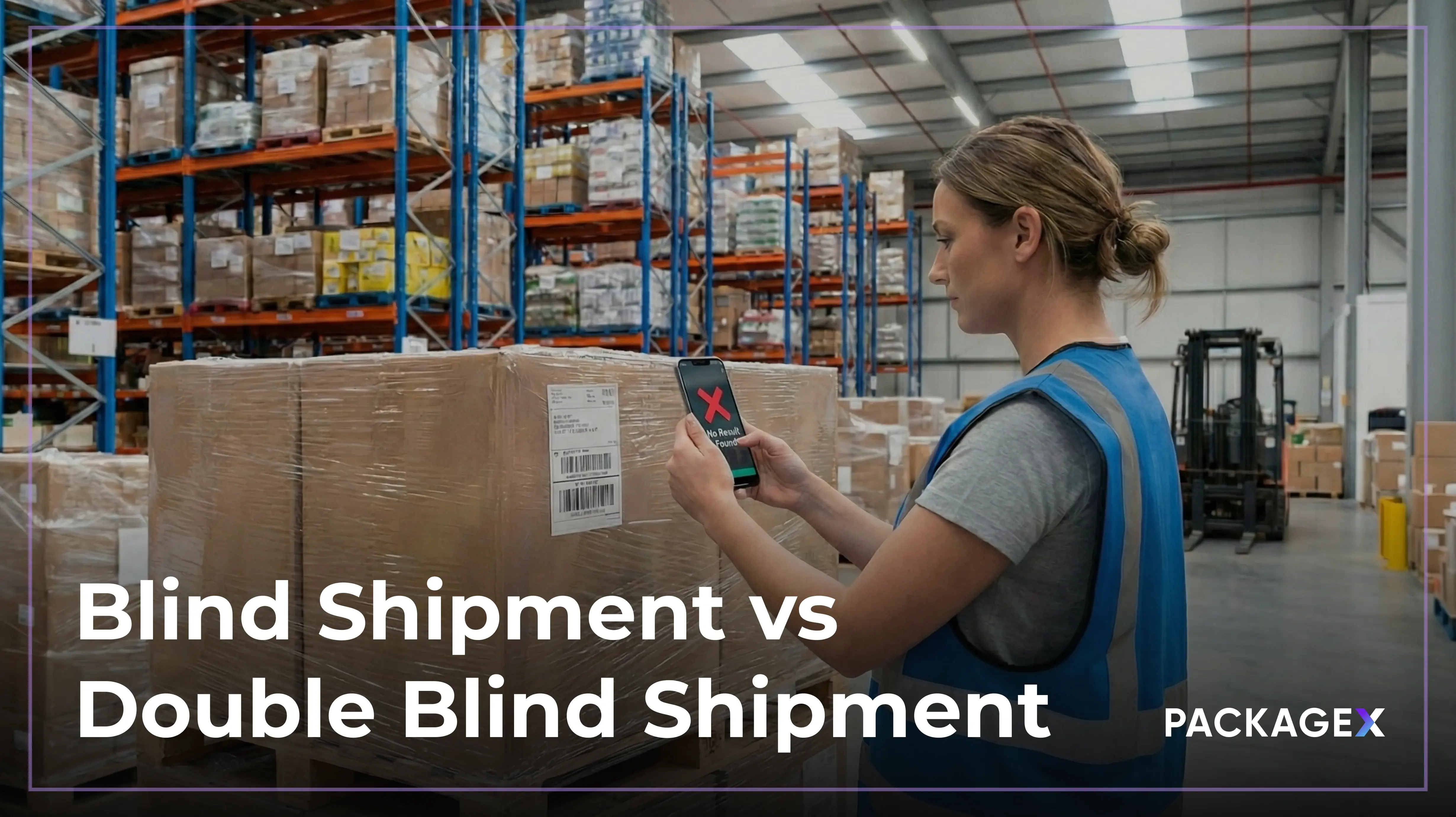3PL vs. 4PL
Supply vs. demand
Supply chain management vs. logistics
These are some common comparisons made in the logistics industry. However, another comparison is added to the list, i.e., inbound vs. outbound logistics.
Inbound and outbound logistics are two crucial components of a supply chain that contribute to the success of any business. While both the terms have different meanings in different industries, they refer to receiving and sending in logistics.
Take a read of the article to know about the difference between inbound and outbound logistics.
What Is Inbound and Outbound Logistics?
Outbound and inbound logistics are two common processes associated with the movement of goods throughout the supply chain. They might be similar in nature, but inbound logistics deals with supply while outbound logistics deals with fulfilling demand.
Inbound Logistics
Inbound logistics refer to the movement of goods and supplies from the manufacturer to a fulfillment center, warehouse, or retail store. It connotes the activities related to sourcing, storing, and providing raw materials to the product department. Inbound logistics are fundamental to firms associated with the manufacturing business.
The following are the steps involved in inbound logistics:
- Sourcing/procurement.
- Ordering/purchasing.
- Transportation.
- Receiving.
- Material handling.
- Storing and warehousing.
- Inventory management.
- Distribution.
- Tracking.
Outbound Logistics
Outbound logistics refer to the movement of goods from the company to the end consumer. It involves collecting, storing, and distributing the final product with the flow of related information from the manufacturing site to the consumer. It connotes all the activities usually associated with the outflow of merchandise from the seller to the buyer, including selection, organization, and transportation.
The following are the steps involved in outbound logistics:
- Warehouse and storage management.
- Inventory management.
- Transportation.
- Delivery.
What Is the Difference Between Inbound and Outbound Logistics?
Now that you are familiar with the definitions of inbound and outbound logistics let us find the key difference between them. Although both outbound and inbound logistics define the movement of goods, the major difference between them is simple.
Inbound logistics encompass processes linked to incoming goods, i.e., receiving the product from suppliers and manufacturers. It involves procurement and handling of raw materials, sourcing, purchasing, storing, and supplier returns.
On the other hand, outbound logistics deal with product delivery to the customers and end-users. It includes inventory management, order management, packing, and distribution processes.
Inbound vs. Outbound Logistics: Comparison
The comparison chart below will help you understand the difference between inbound and outbound logistics.
Inbound Logistics Example
Let’s discuss an inbound logistics example for an e-commerce business. For example, you are a tablet computer manufacturer. The raw materials that will come to your plant for further processing are categorized as inbound activities. Your raw materials include steel, glass, iron ore, silica sand, etc. Once you have all the necessary supplies in the factory, you can proceed with the manufacturing process. Once your product has been finalized, your chain will need outbound logistics activities.
Outbound Logistics Example
Let’s use the same example to describe outbound logistics. Once you have manufactured your final product, that is, tablet, your outbound logistics cycle starts. You will get orders from dealers and customers to send more tablets. For this purpose, you will have to arrange transportation to deliver the tablets to the end-user.

How to Improve the Inbound and Outbound Logistics Activities?
With the changing dynamics of logistics, you need to keep improving your outbound and inbound logistics activities. Here’s how you can improve them:
1. Always plan your inventory
Do not overstock or order more materials than the requirement. Try to forecast your future requests by analyzing your previous orders.
2. Keep a record of your orders
You can plan your budget successfully for the future by keeping track of your orders. If you have all your shipping orders in one place, you can easily calculate your average transportation cost.
{{returns-webinar}}
3. Opt for a suitable transportation service
Several businesses and individuals are overpaying in shipping costs because they have chosen the wrong transportation service. Therefore, choose a shipping service wisely.
4. Integrate smart logistics management software
Nowadays, several logistics management software and apps can help you optimize and digitize your logistics workflows. One such product is PackageX Receive, which allows different businesses, warehouses, mailrooms and manufacturing sites to improve their outbound and inbound logistics. Its AI-powered OCR-enabled apps can speed up the entire process, providing end-to-end traceability for the packages.
Final Thoughts
The supply chain efficiency relies on well-managed inbound and outbound logistics. Any negligence can give companies a tough time in product sourcing and delivery to the end-users. As inbound and outbound logistics are two key components of the supply chain, you need to focus on optimizing them for a better experience.
Understanding the distribution channels and every step of the process is essential, but you can’t go far without using the right tools. Therefore, invest in the right tools and technologies that ease the burden of outbound and inbound logistics management.


_.webp)

